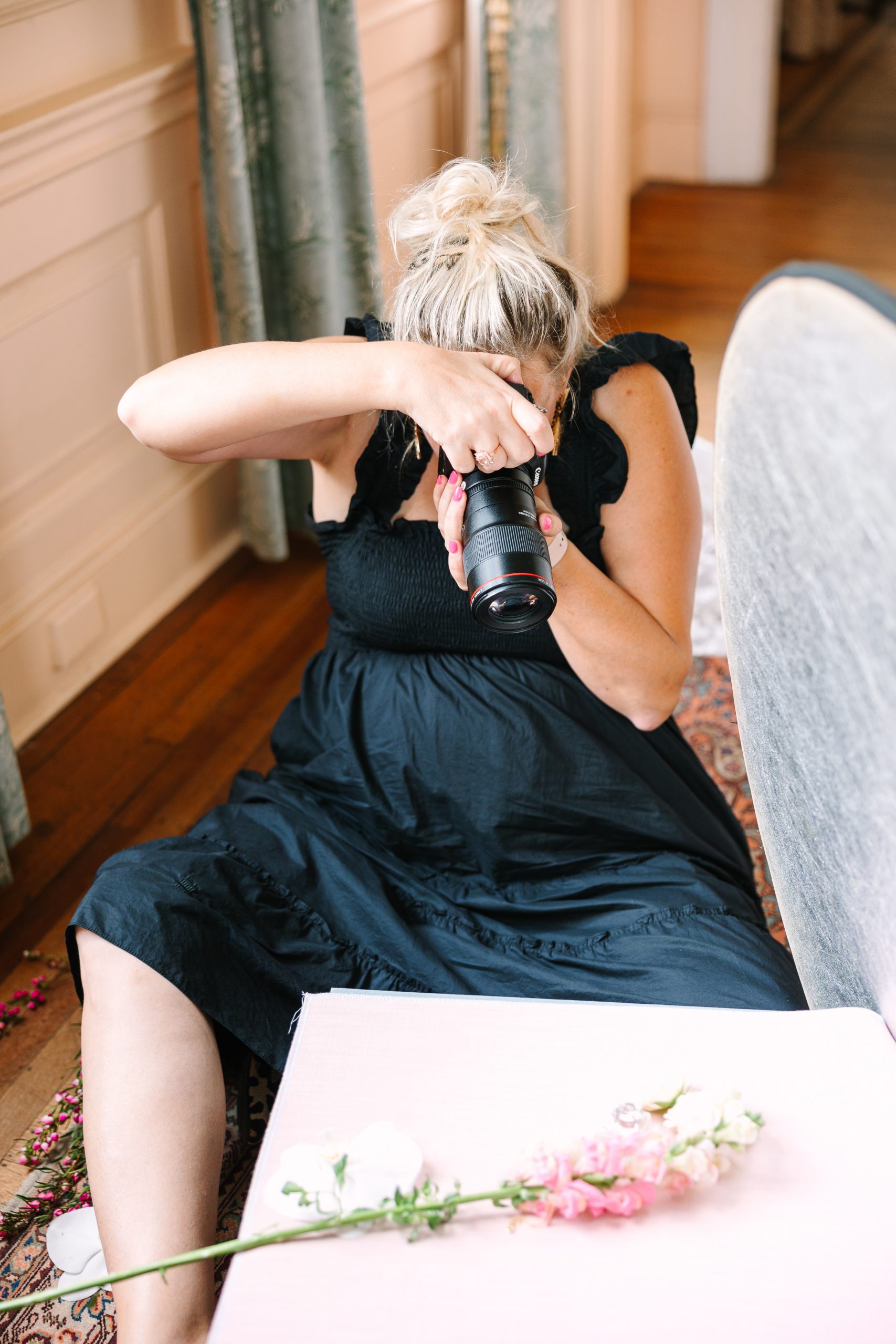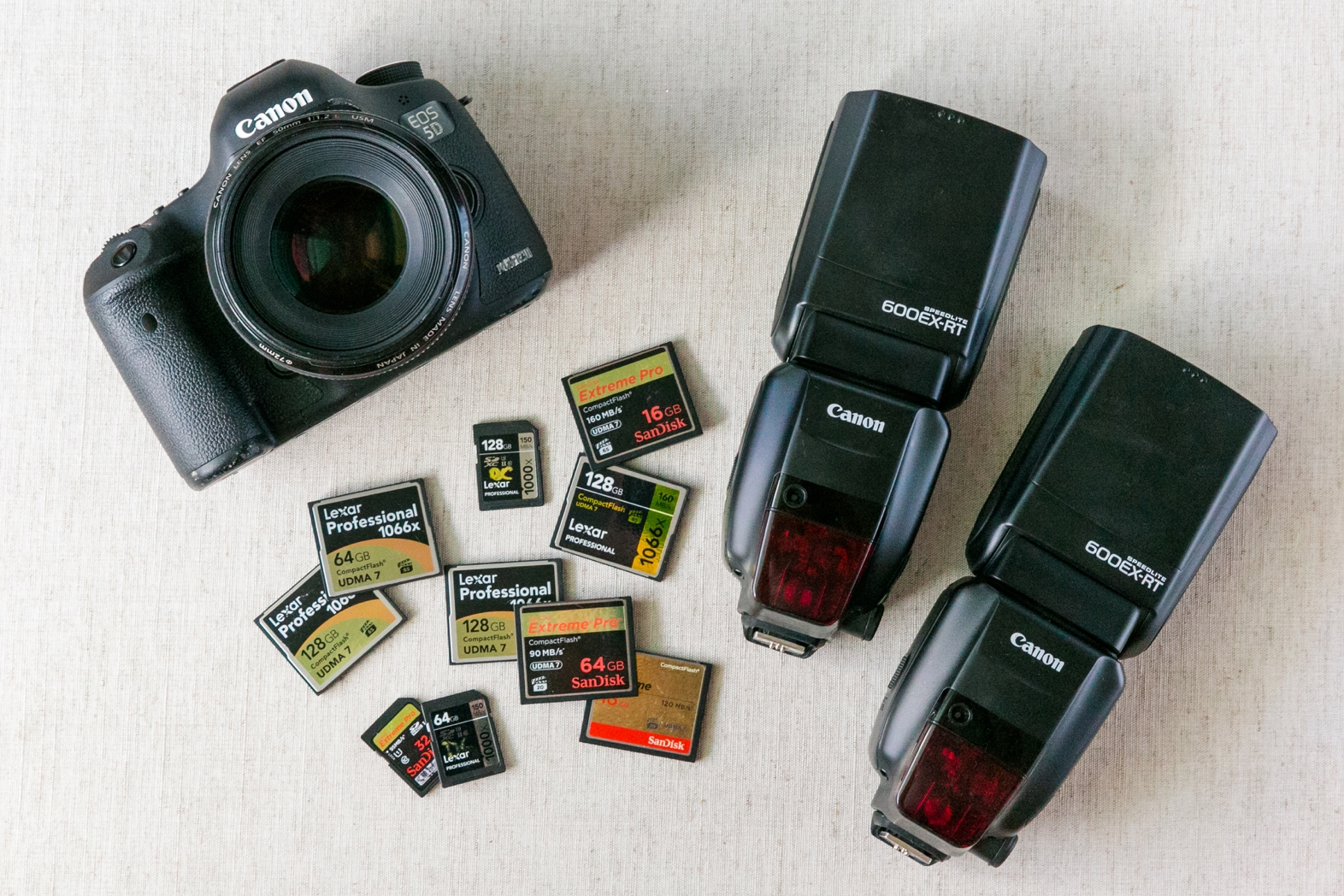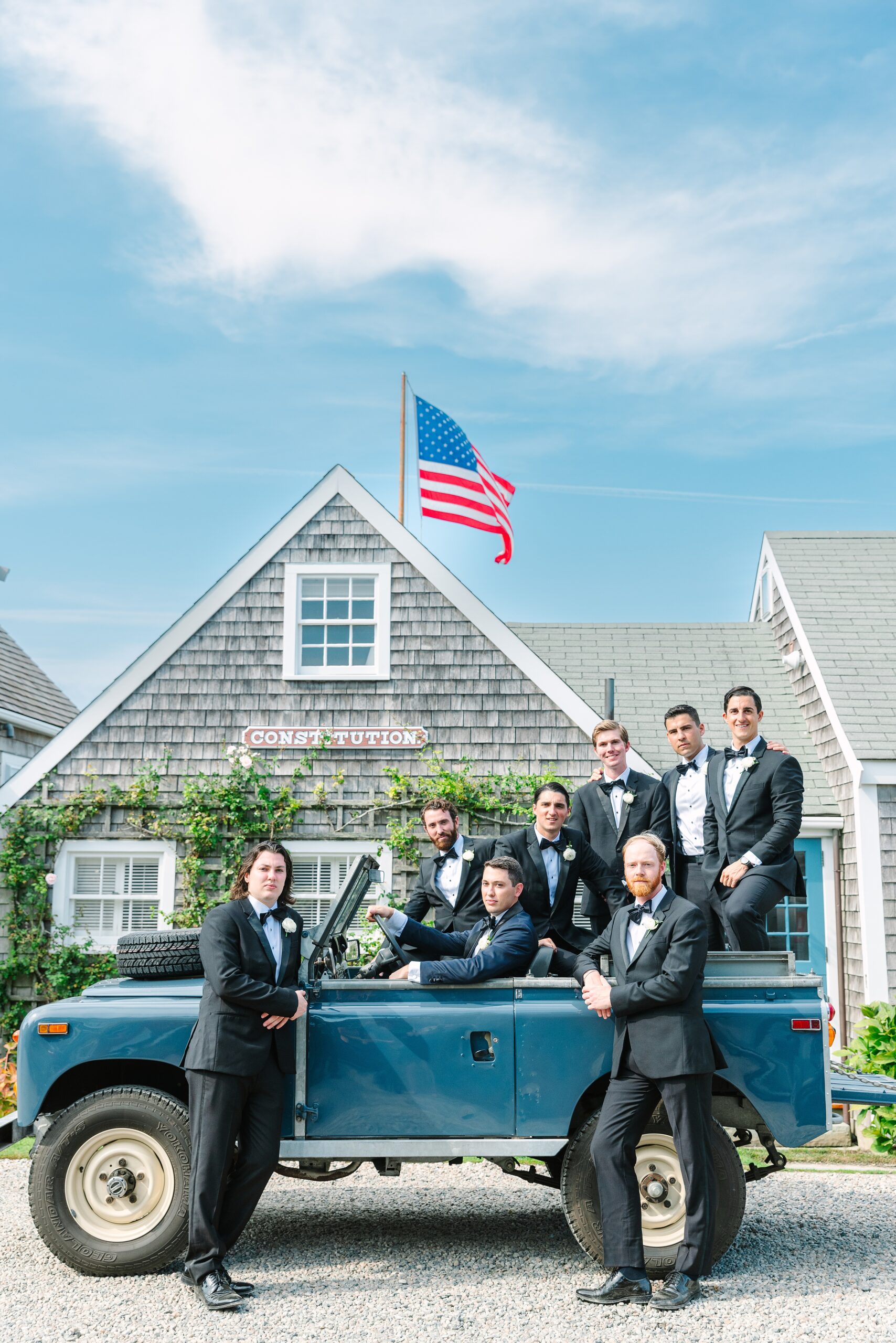
Just Starting Out – What Gear Should I Invest In?
August 26, 2016
published on
filed under
As a professional photographer, it’s important to invest in the best gear that you can afford. When you’re shooting complex events, like weddings, where the light is never consistent and you’re often shooting in low light situations, your gear really does make a difference! Professional photography gear is definitely an investment… and an expensive one at that… but you will quickly learn that investing in the very best gear is a must if you want to provide the very best to your clients. Weddings are dynamic and they require a photographer who is ready to shoot in any condition. Having the right gear for the job is essential in serving your clients well and producing work that is consistent.
If you’re just starting out, you’ll probably want to rent some pieces of gear before deciding whether or not to buy. Just because someone else shoots with a certain camera body or lens doesn’t mean that it’s the right piece of equipment for you! This is especially true with lenses. Don’t be afraid to rent for a while, until you’re sure that a particular camera body or lens is the “right one” for you! Locally, I highly recommend renting from Charleston AV Gear.

Camera Bodies – yes, that’s “bodies” – plural. You need at least two camera bodies if you’re going to shoot weddings. Aside from your main camera body, you absolutely need to have a reliable backup camera that could deliver for you + your clients in a pinch. It may be tempting to invest in one great camera body and buy a cheaper/older model to use as a backup, but I wouldn’t recommend that in the long run. While that will certainly work as you’re starting out and shooting primarily as a second shooter, once you start shooting weddings on your own, you will most likely want two similar bodies in your bag. What happens when your main body dies in the middle of the reception and your backup camera just can’t handle low light situations like your primary camera body? Trust me, I learned the hard way… it’s not good! So it’s definitely best (in my opinion) to have two of the same camera bodies in your bag and if you can’t afford to buy two camera bodies – no worries! Just rent a backup body on the days that you’re shooting a wedding! The bottom line is that you need to make sure you always have a suitable backup camera because you never know when disaster will strike… and there are no “do overs” in wedding photography, so you need to be fully prepared at all times!
You’ll want to invest in a full frame camera body with high ISO capabilities (ISO 6400+) for wedding photography. You need a camera that will be able to handle extreme low light situations well. Most photographers have gone to mirrorless camera bodies – but the decision is ultimately up to you whether you get a mirrorless or traditional DSLR. Right now, the best camera bodies on the market for wedding photography are the Canon R5/R6, Sony A7 series, and the Nikon Z6 series. Of course, there are more expensive + more advanced cameras offered by Canon, Sony + Nikon, but the ones mentioned above can easily handle anything the wedding day will throw at you and are currently considered the “go-to” wedding photography camera bodies for each company.
Lenses – it’s definitely best to invest in the “fastest” lenses you can from the start. If you’re serious about wedding photography, you’re going to end up investing in them in the long run, so save yourself some trouble and just take the plunge from the get-go. As a general rule of thumb, your lenses should have an aperture between f/1.2 and f/2.8. Anything above f/2.8 isn’t considered a fast lens and will limit your capabilities in low light situations. If you’re shooting with Canon, you’ll definitely want to invest in their L-series of lenses because they are the best of the best and worth every penny!
Whether you invest in prime lenses or zoom lenses is completely up to you – and will probably be based on your preferred method of shooting. However, you’ll want to make sure you have enough lenses to cover a pretty large focal range – generally speaking, from 24mm to 200mm. Most wedding photographers have the following lenses in their bag:
- 24-70 f/2.8
- 35 f/1.4
- 50 f/1.4 or 50 f/1.2
- 70-200 f/2.8
- a macro lens
Other popular prime lenses are 24 f/1.4, 85 f/1.4 or 85 f/1.2, and 135 f/2. The main thing to remember is that you want to invest in the fastest lenses you can and make sure you have enough lenses to cover a pretty large focal range, since you never know what the wedding day will hold!

Speedlites – while using flash can seem intimidating at first, it’s essential that you have a general understanding of artificial lighting when you are shooting weddings. There are so many variables on a wedding day and you have to be prepared to create beautiful images for your clients even in the absence of natural light. Therefore, it’s essential to have at least two speedlites in your bag – one to use on-camera and one available as a backup. Once you start shooting weddings as the primary photographer, you will definitely want to gain an understanding of how to use off-camera flash as well because there WILL be times when you need it.
Along with your speedlites, you will also want to make sure you have plenty of batteries for your flashes. I strongly recommend investing in Eneloop rechargeable batteries. They are a bit more expense than normal rechargeable batteries, but they are by-far the best on the market!
Memory Cards – you’ll want to be sure you have plenty of CF and/or SD memory cards when you’re shooting weddings. Most camera bodies now have dual card slots, which means you can set up your camera to record to TWO different cards at the same time which is awesome! This allows you to pop in two large memory cards (I use two 128GB cards in my 5D Mark III) and not have to worry about changing cards at different points throughout the day. I know that my images are being recorded to both memory cards, creating instant backup. So good!
Making the decision to shoot weddings shouldn’t be taken lightly. It requires a LOT of forethought and preparedness because there are no do-overs! Not only must you be prepared for anything on the wedding day, you also have to go to great lengths to care for your clients images after the wedding day as well. It requires a lot of attention to detail, efficient workflow systems, and an emotional and monetary investment. I will chat more about what you will need to invest in, other than gear, in a later blog post – but hopefully this post has helped explain what type of gear you’ll want to invest in as you’re just starting out. Please feel free to leave any questions below and I’ll do my best to answer them!
With a well-worn passport in hand, and an affinity for a good cocktail, Dana works with fun-loving and kind-hearted clients around the globe.
meet DANA
I met up with Dawn + Joey in February for their beautiful engagement session here in Charleston. They brought their two beautiful pups, Willow + Cricket, along for part of the session… and boy, did they have a blast at Hampton Park?!? I am totally OBSESSED with the photos of them walking together (below) because […]

Audra + Rahul’s beautiful traditional Indian wedding in Charleston was definitely one for the books. I absolutely LOVE everything about South Asian/Indian weddings… the colors, the attire, the music, the food, the traditions, the rituals, the family element, the dancing. There really is nothing like it and if I could specialize in shooting only South […]

From the very first time I spoke with Martha Camille, I knew that her Boone Hall wedding was going to be EPIC. I also knew that she was going to be a dream client for me – and she absolutely was! I love all of my couples, but it’s so extra special when someone has […]

When Martha Camille told me that she wanted to recreate her mother’s studio bridal portraits, I’ll admit… I was a little hesitant. I’ve never done studio bridal portraits before and I was worried that I wouldn’t be able to bring her vision to life. As a creative, I love doing things that are outside of […]

2023 was definitely one of the best years yet for my business. I had the honor of working with so many fabulous couples, in so many fabulous locations… including Spain, Italy, and Hawaii! I feel extremely lucky that I was able to experience such a tremendous year of growth and travel. Here are some of […]

This colorful winter wedding at Sea Pines Resort was the perfect way to start 2024. On one of the coldest days of the year, Caitlyn + Mark said “I do!” on the iconic 18th lawn at Harbourtown Links, overlooking the Calibogue Sound. Surrounded by their closest family + friends, their day was everything that Caitlyn […]

entries
popular